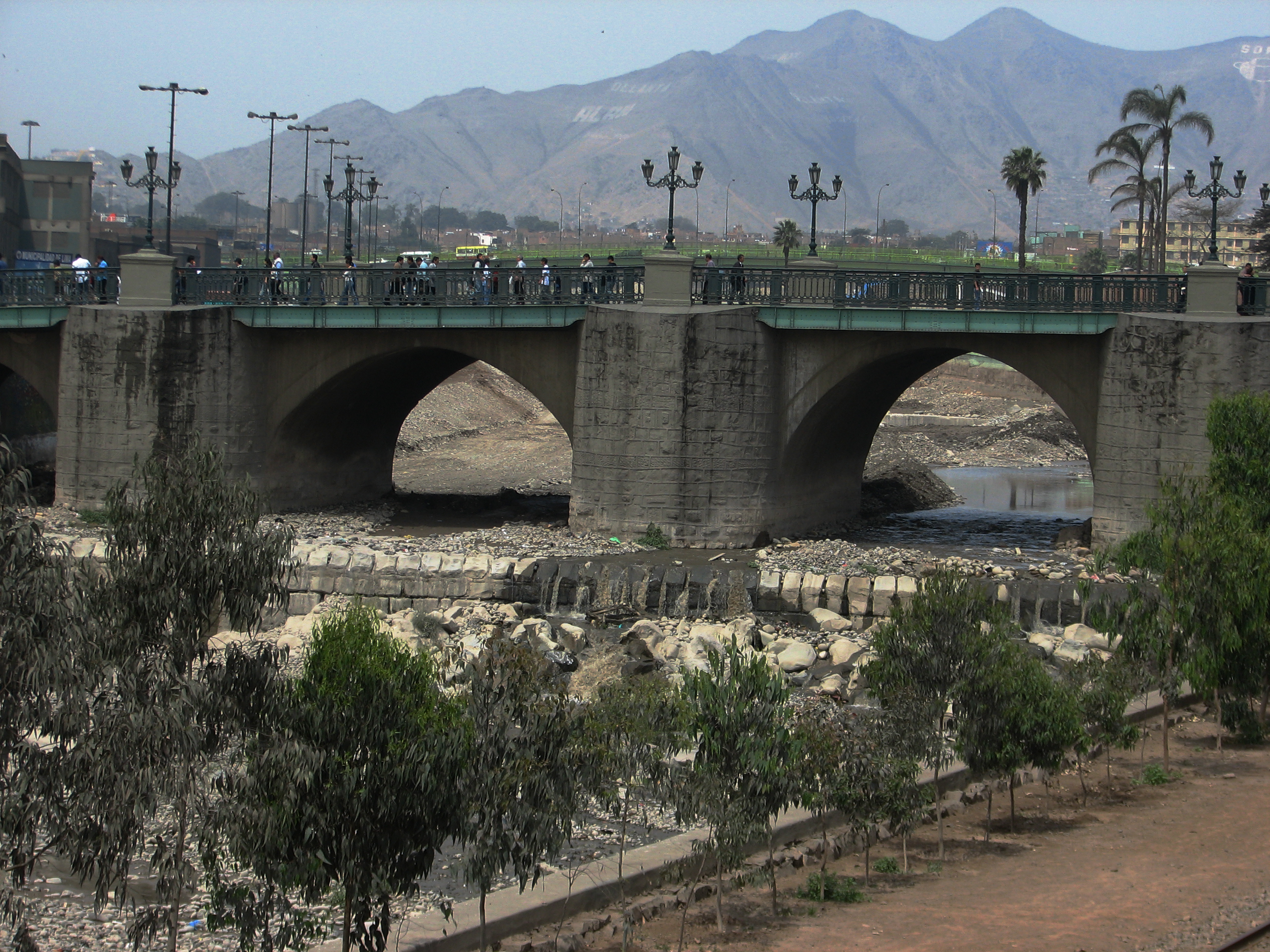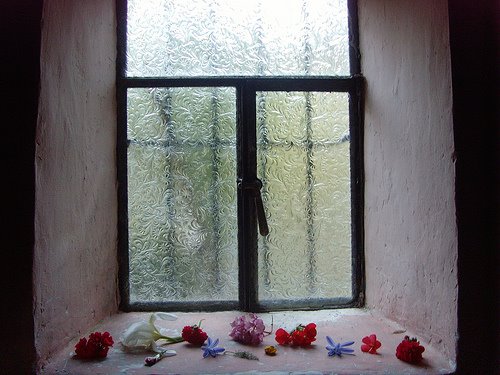Posted to the web on: 05 April 2007
Lester Pimenteland Andrea Jaramillo
Bloomberg
PERUVIAN President Alan Garcia has halved the pay of public servants and sold state assets, winning the confidence of ratings firms two decades after he led the Andean country to default on debt.
Garcia helped Peru post its biggest budget surplus last year since at least 1970, a reversal of the pay increases and bouts of nationalisation that stoked hyperinflation during his first term. Standard & Poor’s (S&P) and Fitch Ratings responded by raising the country’s rating to one step below investment grade after Garcia took office in July.
“He was the Antichrist in Peru, where he was associated with inflation and scarcity,” said Alvaro Vargas Llosa, senior fellow in Washington at the Independent Institute. His father, novelist Mario Vargas Llosa, led anti-Garcia protest in the 1980s.
“There is now a strong base of support for the free market and economic openness. Garcia realises this,” said Llosa.
Garcia studied Chile’s economic expansion as he planned a comeback from exile in Paris and Bogota, said Arturo Porzecanski, an international finance professor at American University in Washington. Chile’s budget surpluses buoyed investor confidence, sparking growth that led to a twofold increase in its gross domestic product (GDP) per capita since 1990.
Chile and Mexico are the only two Latin American countries with investment-grade ratings.
“He was determined that if he was given a second chance by the Peruvian electorate, he would do right this time,” said Porzecanski, who met with Garcia last year.
S&P and Fitch raised the rating on Peru’s $22bn of foreign debt to BB+ last year. Fitch raised Peru’s outlook to positive on March 6.
Peruvian dollar-bonds rallied after the Fitch move, pushing down their average yield spread, or premium, over US treasuries by 16 basis points, or 0,16 of a percentage point, to 1,27 percentage points, according to JPMorgan Chase data. The gap is 26 basis points less than the premium that Colombia, which is also rated BB+ by S&P, pays on its bonds. An investment-grade rating would allow more pension funds and insurers to buy Peru’s debt, driving its spread down to a record low of about 1,05 percentage points, said Bertrand Delgado, an economist with IdeaGlobal in New York. Peru’s benchmark 8,375% dollar bonds due in 2016 traded at 118,75c on the dollar and yielded 5,7% on Tuesday.
Peru’s economy expanded 8% last year, the fastest pace in 12 years, as exports of products such as zinc, copper and fishmeal jumped to a record $23,4bn. The country’s 0,3% annual inflation rate is the lowest in the region, and less than all the Group of Seven industrialised nations except Japan.
“Everything is in place right now for Peru,” said Roberto Sanchez-Dahl, who manages $500m in emerging-market bonds for Federated Investment Management in Pittsburgh.
Three days after being sworn in, Garcia cut the pay of more than 17000 public servants, including his own. A month later, he sold concessions to operate nine regional airports. The pay cuts helped trim state spending to 18% of GDP last year from 18,9% the year before, according to the central bank. The government had a budget surplus of $2bn, equal to 2,1% of GDP.
“Peru is on the right track,” said Sebastian Briozzo, an analyst at S&P in New York. The government had to reduce the “social conflict” between rich and poor “to take that next step to investment grade”, he said.
About half of Peru’s 27-million people live on less than $1 a day, according to the government.
Moody’s Investors Service rates Peru’s debt Ba3, two levels lower than the S&P and Fitch ratings. Moody’s gave the rating a positive outlook on March 8.
Garcia’s austerity contrasts with the spending that undid his first government. He nationalised banks, doled out credit to small farmers, boosted workers’ wages and defaulted on debt owed to the International Monetary Fund and commercial banks. His policies earned him the moniker Crazy Horse.
Peru’s budget deficit ballooned, reaching 12% of GDP by 1988, his third year in office. Annual inflation peaked at 11,09% after his term ended in 1990. The economy shrank an average 9,3% a year from 1988-90.
The recession fanned support among the poor for the Shining Path Maoist guerrilla group. Fighting claimed about 10 lives a day during Garcia’s term as the guerrillas began attacking the capital of Lima from their mountain footholds.
“The images I associate with Garcia are hyperinflation, terrorism and corruption,” Vargas Llosa said. “Prices could change in a couple of hours. The amount of insecurity that creates if you haven’t lived through it is hard to describe.”
Garcia fled into exile in 1992 when President Alberto Fujimori, who tamed inflation and crushed the guerrilla uprising, tried to arrest him on corruption charges. Garcia returned in 2001 to mount a failed presidential bid. Last year, he defeated Ollanta Humala, a nationalist who pledged to increase government control of the mining industry and boost spending.
“Peruvians were scared Garcia hadn’t learned his lesson,” said Jorge Gonzalez, a labour minister under Fujimori who heads the economics department at Lima’s Pacifico University. “But he’s shown he has.”











